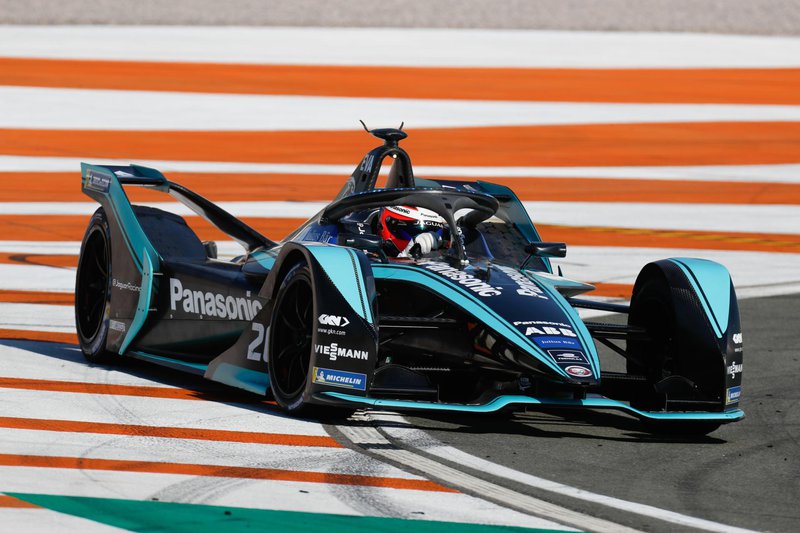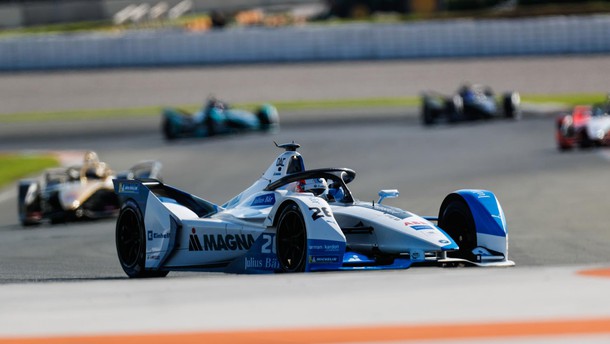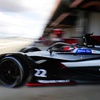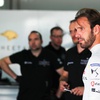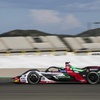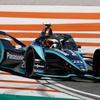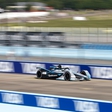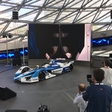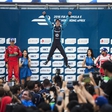
The new Spark SRT05e, as is the official name of the racing car, which is otherwise better known as the 2nd generation car, is a complete novelty. A brand new design that is even more adventurous (and a much more beautiful way than Formula 1 includes the Halo safety feature), has less aerodynamic grip and less air resistance than the previous one. The reason for such a decision is simple: it allows for higher speeds on the straights, while at the bends it gives more emphasis to the mechanical grip and driver's abilities.
And while the racer itself is the same for all teams, they will separately develop its drive technology (with the exemption of the battery, which will be the same for all of them). This means that the teams will take care of engines, transmissions and control electronics. The battery is brand new and is now being manufactured by McLaren Applied Technologies instead of Williams Advanced Engineering. Instead of 320 it weighs 385 kilograms, but it has twice the capacity than the previous battery, and the size remains virtually identical. Its cooling is also better, which means that it can provide enough current for a much stronger electric motor (and at the same time it also transfers larger flows of charge with regeneration). It now has a power of 250 kW for training and qualifications and 200 kW for the race (regeneration power can be up to 250 kW in both cases).
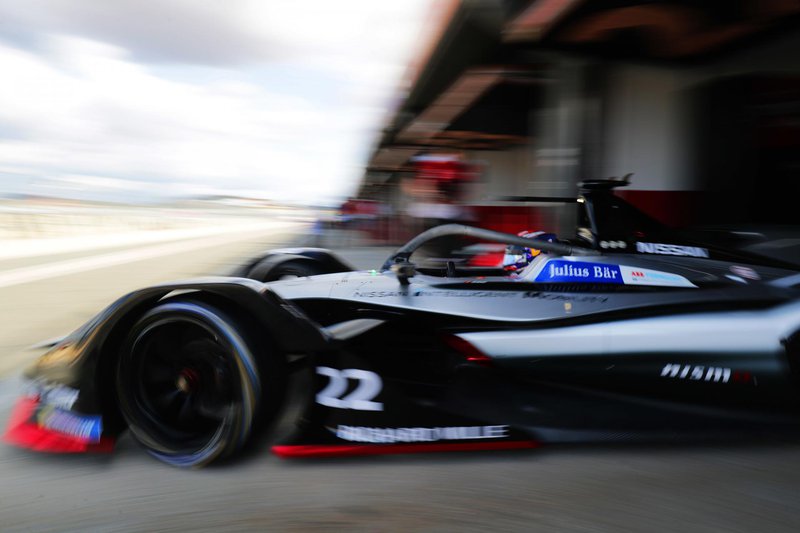
In order to make the overtaking easier, they added a new Attack mode to the already known FanBoost (when drivers, who achieve the highest number of votes of the spectators before the race, get the increase in power up to 240 to 250 kW for the time it takes to spend 100 kJ of energy). The Attack mode adds a time limited power increase of 225 kW. The driver will set the car in Attack mode by driving over the activation zone marked on the track. The position and number of such will be determined by the organizers for each course separately, as well as other conditions of activation.
But the most important novelty brought by the new battery is that there will not be any car change midrace anymore. The cars are capable enough to drive a 45-minute race without stops - it's true that this will be easier on some tracks and without saving energy, and on others it's more difficult. In addition, the saving energy in certain periods of the race will depend on how many times a driver will use Attack mode and how well he will regenerate energy at braking.
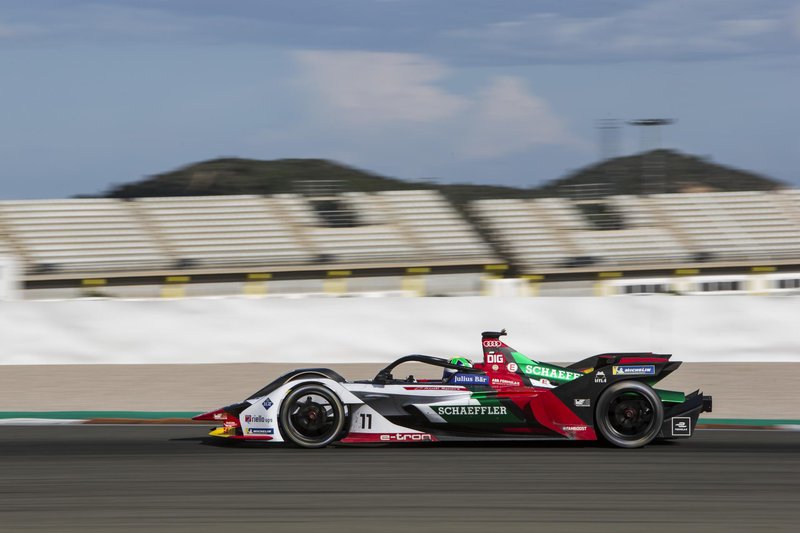
In the fifth season, there will be seven factory teams at the start. Two, Ventura and Mahindra are less well-known to the European market, while BMW, Audi, Jaguar, Nissan and DS will race for the prestige by the European audiences. In the coming seasons Mercedes also comes along, and a few other names are waiting for entry into this sport.
Of course, factory teams also mean top quality drivers. The newcomers are Felipe Massa, Pascal Wehrlein (former DTM champion and Formula 1 driver), Gary Paffet (also former DTM champion), Stoffel Vandoorne (currently McLaren driver in F1) and Alexander Albon (Formula 2 champion, but who perhaps will instead of Formula E drive for Torro Rosso in F1).
We also got some new tracks: Al Diriyah in Saudi Arabia, Sanja (China), and Bern (Switzerland), and this year, again, a race along the streets of Monte Carlo.
